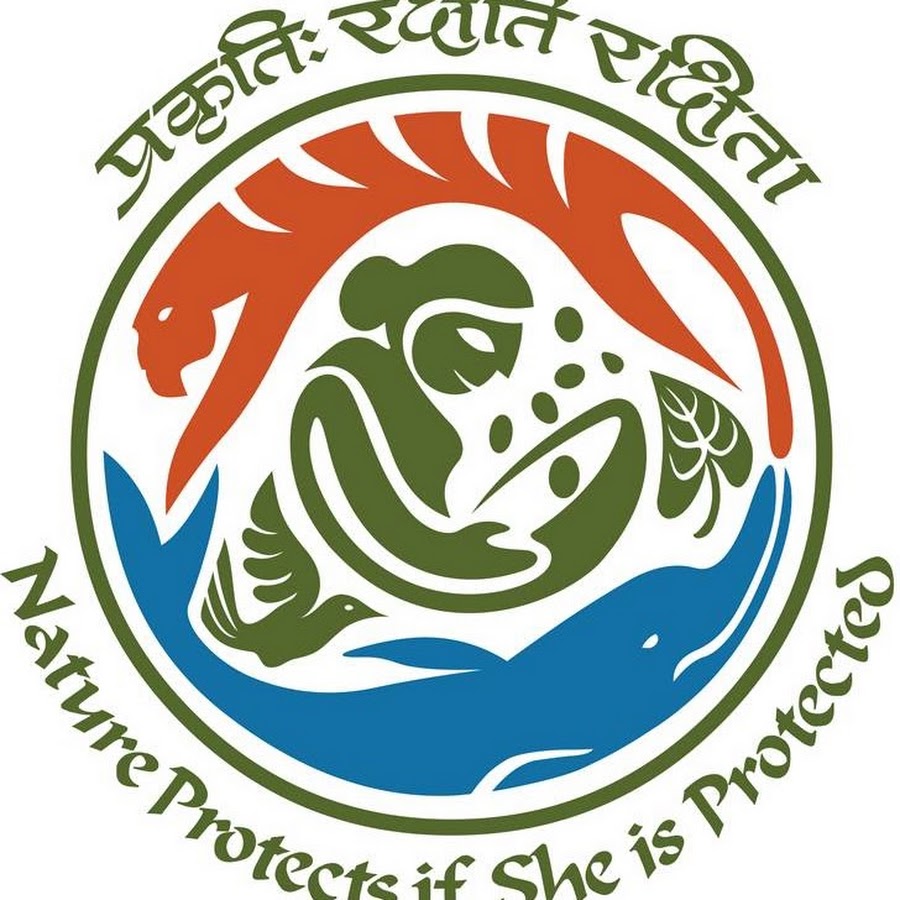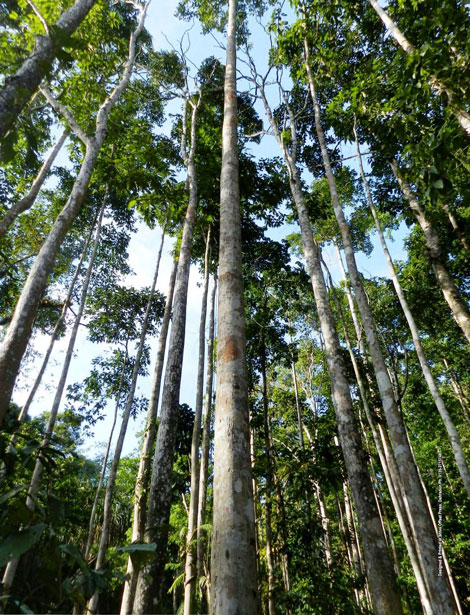About REDD+
Reducing emission from deforestation and forest degradation along with conservation, sustainable management of forests and enhancement of forest carbon stocks in developing countries are collectively referred to as REDD+. REDD+ is a climate change mitigation option under UNFCCC. It has a potential to deliver significant benefits to the forest dependent communities, biodiversity conservation, improvement in ecosystem services, provision of alternate income generation and equitable benefit sharing of revenues generated from emission reduction. REDD+ is now widely recognized as a mean of financial incentive to the communities for their contribution in reducing greenhouse gas emissions from forests or by increasing their removals from atmosphere. An effective REDD+ programme will provide a variety of income generation opportunities, livelihoods security, resilience and social wellbeing. As per Cancun Agreements of UNFCCC, developing countries are required to develop their National REDD+ Strategy or Action plan, National REDD+ Reference Level/ Reference Emission Level, National Forest Monitoring System and Safeguards Information System [a system for providing information on how the safeguards (also referred as Cancun Safeguards) are being addressed and respected throughout the implementation of the REDD+ activities] for implementing REDD+ activities.
REDD+ has the potential to deliver significant benefits to indigenous peoples and other forest dependent communities, including the sustainable management of biodiversity, the provision of alternative livelihoods, equitable benefit sharing of revenues generated from emission reductions, etc. However, if not done appropriately, it also presents serious risks to livelihoods, security to land tenure, forest governance, culture, biodiversity, etc.
REDD+ Infographics


